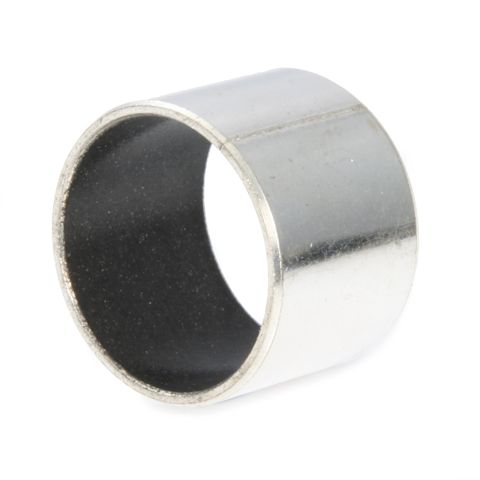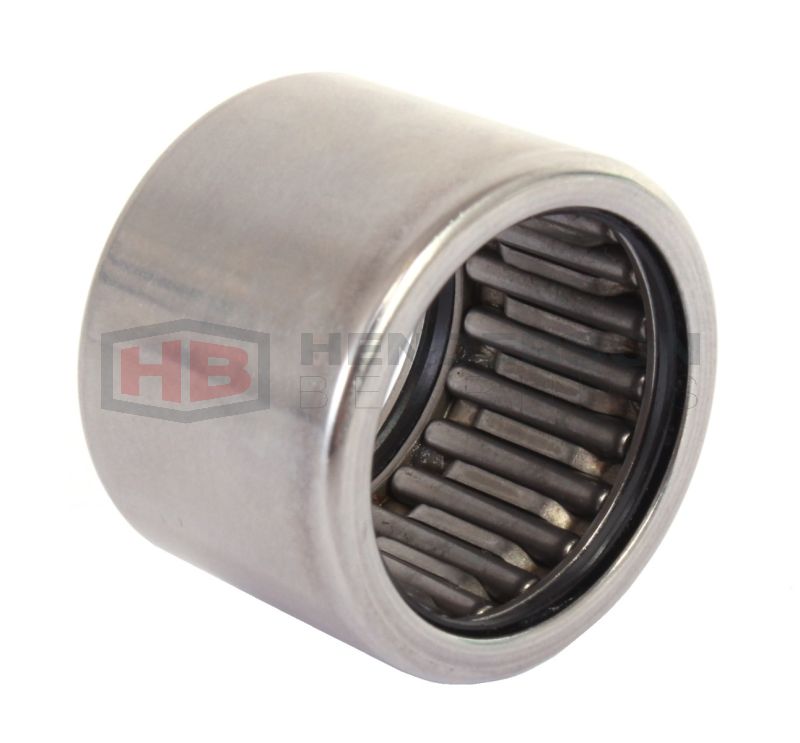PuG
Member
- Location
- Languedoc-Roussillon
Good morning, after some machining advise.
I need to drill two holes 300mm apart in steel bar to a N6, 22mm tolerance (nominally 21.98mm) for press fitting needle bearings.
32 holes in total, 2 in each steel bar.
The bars are going to be laser cut for there shape - in the previous design I had a large hole cut via a laser in the correct places then drilled out, but the 22mm drill tolerance is relatively poor, though fine for two arms. On top of that the 300mm measurement drifted ever so slightly due to laser cut irregularity and human incompetence on my behalf.
I'm not a machinist, so I want a practical solution that's repeatable and easy.
For the next 16 arms, I was thinking of laser cutting a very small diameter hole. Align one of them on the mill using a spigot, tar the DRO. Machine the hole with a cutter, move it 300mm, machine the second hole, fit & repeat with a reamer? to n6 tolerance.
Can you get cutters that would be to the right tolerance save having to use a reamer? this is the bearing i'm trying to fit:
 www.skf.com
www.skf.com
In my first attempt they easy slid in the cut hole, bit on the easy to fit side, and they say it should be press fitted?
Reamer: https://www.cutwel.co.uk/hole-makin...ank-machine-chucking-reamer-yg-1-k2102-series
Cheers, James
More information, I will be doing two bars at once, they will have a steel plate welded in between spacing them, and I will be cutting 132mm on the spindle to clear both plates at once and to make sure everything is aligned after welding deviation.
I need to drill two holes 300mm apart in steel bar to a N6, 22mm tolerance (nominally 21.98mm) for press fitting needle bearings.
32 holes in total, 2 in each steel bar.
The bars are going to be laser cut for there shape - in the previous design I had a large hole cut via a laser in the correct places then drilled out, but the 22mm drill tolerance is relatively poor, though fine for two arms. On top of that the 300mm measurement drifted ever so slightly due to laser cut irregularity and human incompetence on my behalf.
I'm not a machinist, so I want a practical solution that's repeatable and easy.
For the next 16 arms, I was thinking of laser cutting a very small diameter hole. Align one of them on the mill using a spigot, tar the DRO. Machine the hole with a cutter, move it 300mm, machine the second hole, fit & repeat with a reamer? to n6 tolerance.
Can you get cutters that would be to the right tolerance save having to use a reamer? this is the bearing i'm trying to fit:
SKF
In my first attempt they easy slid in the cut hole, bit on the easy to fit side, and they say it should be press fitted?
Reamer: https://www.cutwel.co.uk/hole-makin...ank-machine-chucking-reamer-yg-1-k2102-series
Cheers, James
More information, I will be doing two bars at once, they will have a steel plate welded in between spacing them, and I will be cutting 132mm on the spindle to clear both plates at once and to make sure everything is aligned after welding deviation.
Last edited:












